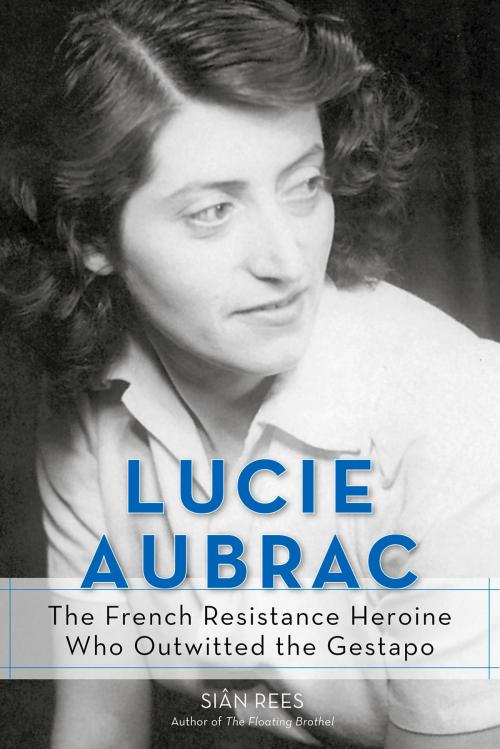| Author: | Siân Rees | ISBN: | 9781613735701 |
| Publisher: | Chicago Review Press | Publication: | June 1, 2016 |
| Imprint: | Chicago Review Press | Language: | English |
| Author: | Siân Rees |
| ISBN: | 9781613735701 |
| Publisher: | Chicago Review Press |
| Publication: | June 1, 2016 |
| Imprint: | Chicago Review Press |
| Language: | English |
Brilliant, intensely political, and inseparable for nearly 70 years, Lucie Aubrac and her husband, Raymond, are legendary figures of the French Resistance. Founding leaders of Libération-Sud, one of the most important resistance movements in France, they ran the underground newspaper Libération and served as couriers, arms carriers, and saboteurs. In 1943, when the Gestapo imprisoned Raymond, Lucie engineered a daring escape plan that brought her face to face with feared Gestapo chief Klaus Barbie. When Raymond was arrested again, Lucie mounted a second astonishing rescue, ambushing the prison van that was transporting him. For the post-war generation, the Aubracs were heroes. However, in 1983, Klaus Barbie made the bombshell claim that the Aubracs had become informers in 1943, betraying their comrades. Although later discredited, the allegations raised questions around the many embellishments and inconsistencies in the tales Lucie weaved around herself. Who was Lucie Aubrac? What did she really do in 1943? Siân Rees's penetrating account—the first English-language biography of this extraordinary woman—provides a long-needed corrective to Lucie Aubrac's own admittedly "impressionistic" memoir and a fascinating exploration of the intersection of history, legend, and mythologizing.
Brilliant, intensely political, and inseparable for nearly 70 years, Lucie Aubrac and her husband, Raymond, are legendary figures of the French Resistance. Founding leaders of Libération-Sud, one of the most important resistance movements in France, they ran the underground newspaper Libération and served as couriers, arms carriers, and saboteurs. In 1943, when the Gestapo imprisoned Raymond, Lucie engineered a daring escape plan that brought her face to face with feared Gestapo chief Klaus Barbie. When Raymond was arrested again, Lucie mounted a second astonishing rescue, ambushing the prison van that was transporting him. For the post-war generation, the Aubracs were heroes. However, in 1983, Klaus Barbie made the bombshell claim that the Aubracs had become informers in 1943, betraying their comrades. Although later discredited, the allegations raised questions around the many embellishments and inconsistencies in the tales Lucie weaved around herself. Who was Lucie Aubrac? What did she really do in 1943? Siân Rees's penetrating account—the first English-language biography of this extraordinary woman—provides a long-needed corrective to Lucie Aubrac's own admittedly "impressionistic" memoir and a fascinating exploration of the intersection of history, legend, and mythologizing.















